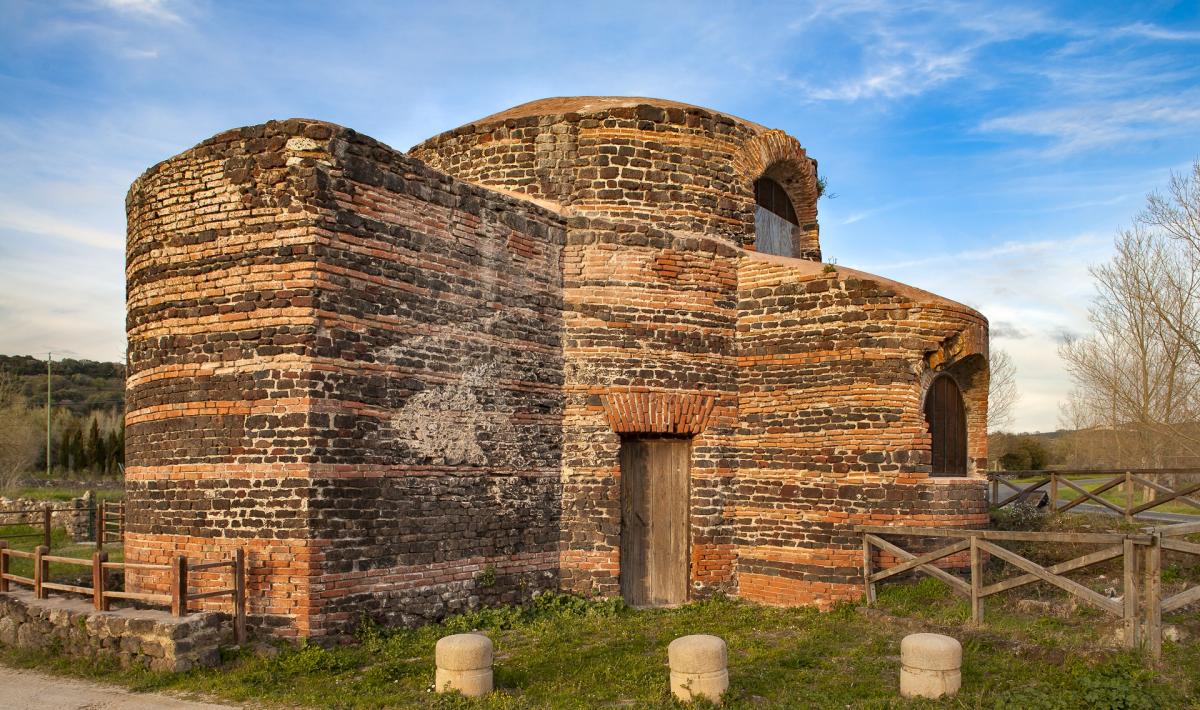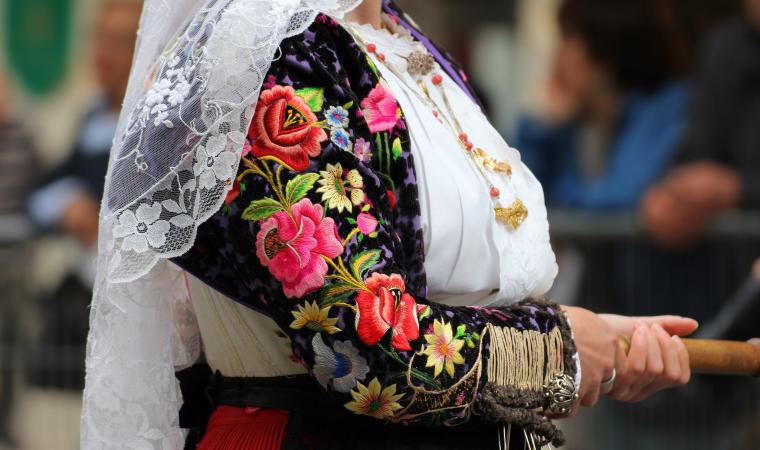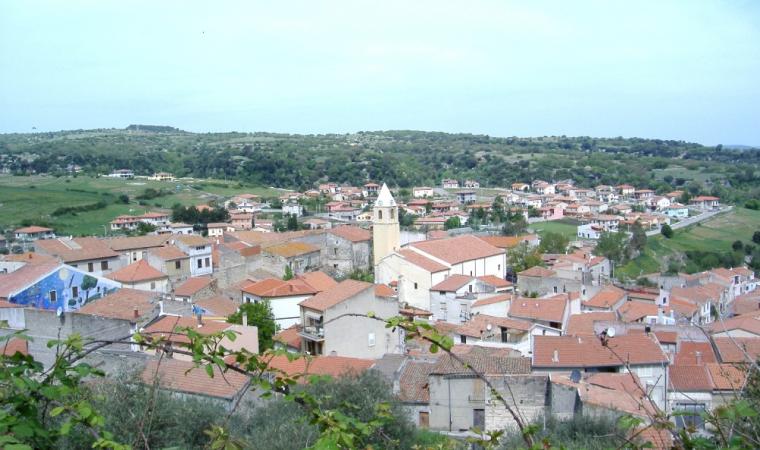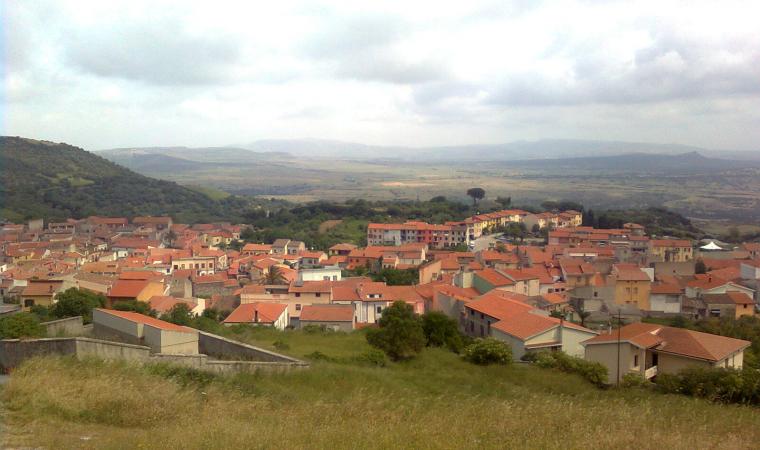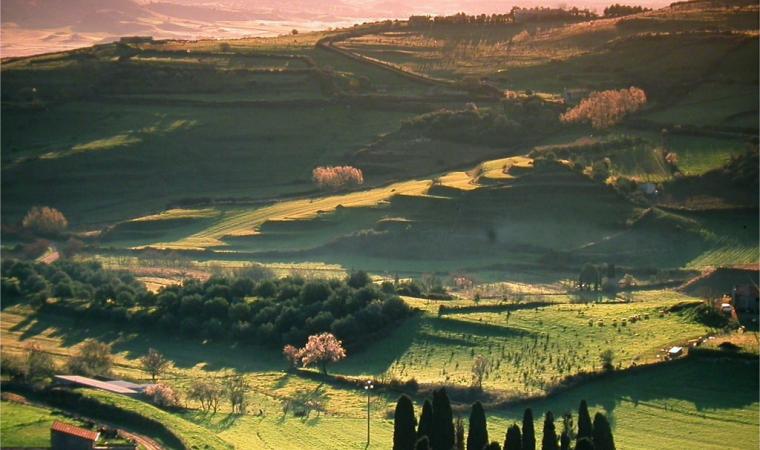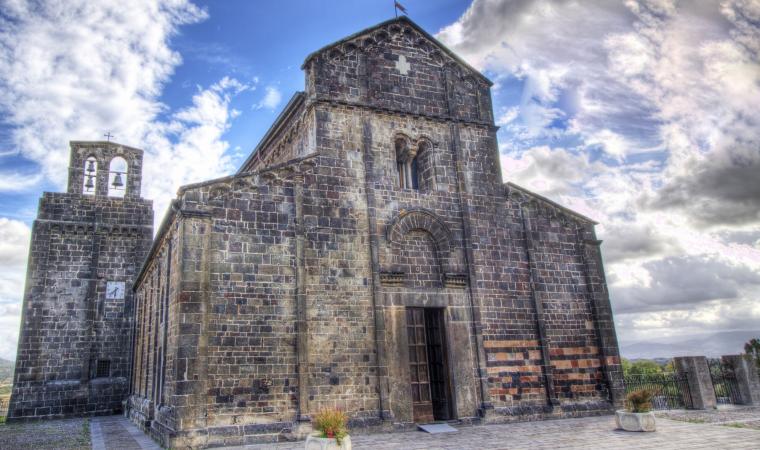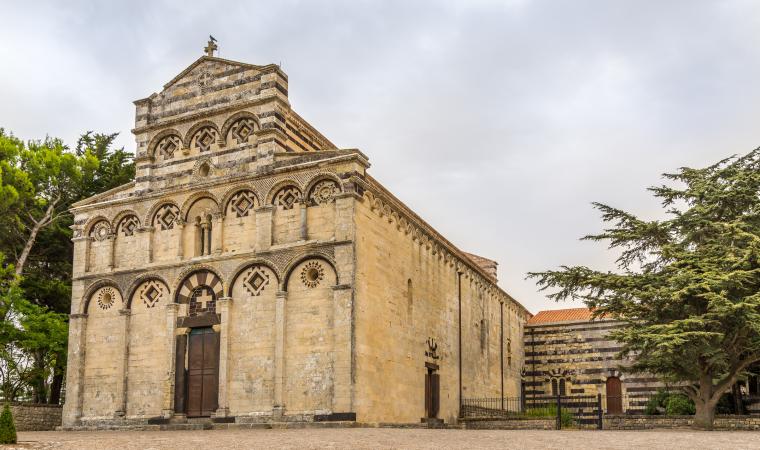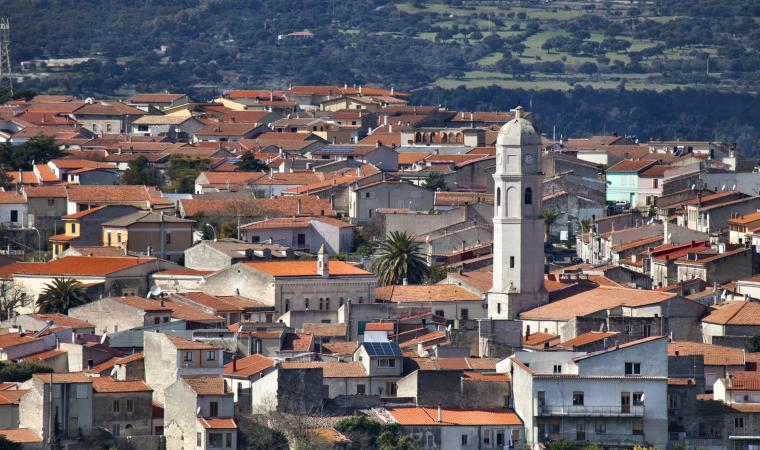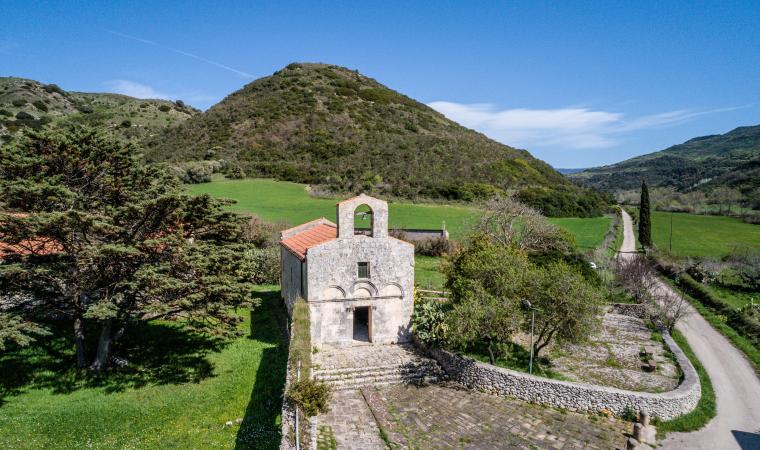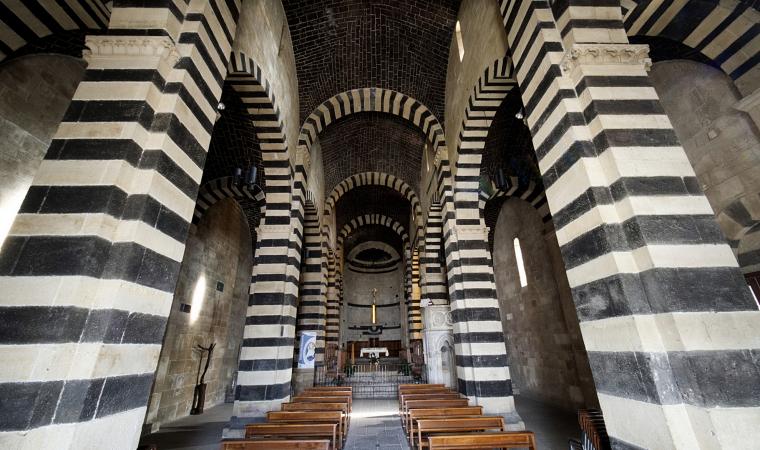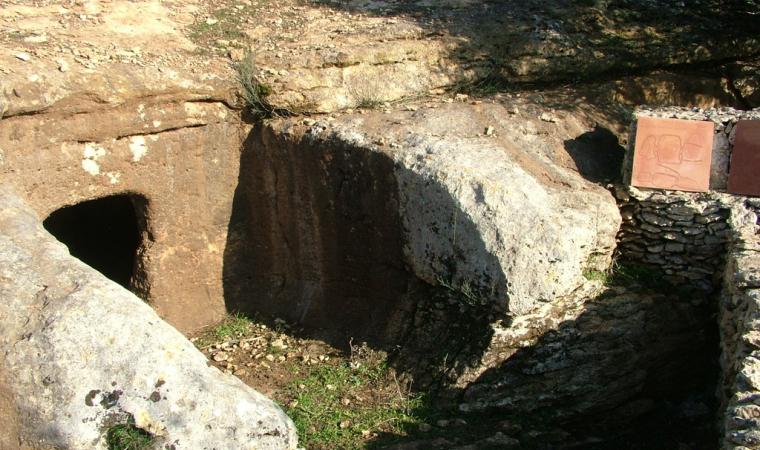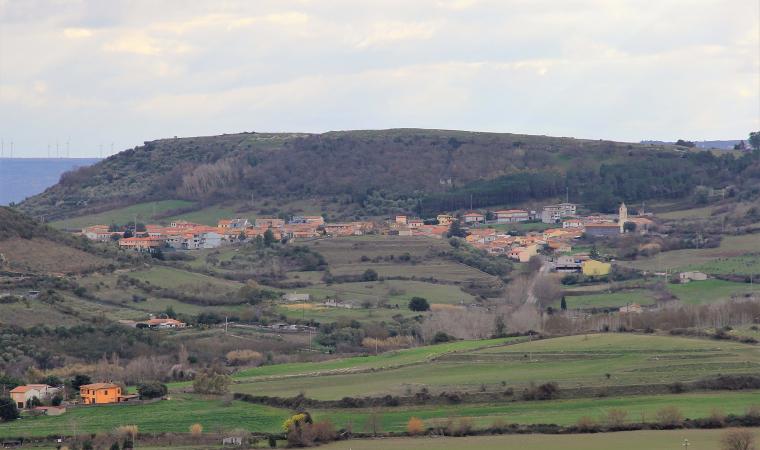Not only is it a church of inestimable value, but it is also a fascinating puzzle: its central cylindrical body from the Byzantine era stands on a pre-existing Roman thermal structure, but it is not yet clear whether it served as a temple or a baptistery. The original location of the entrance is still a mystery. Questions on the interpretation of the name, or rather of the two ways in which it is known, have continued to be asked for several years. What is certain is that the church of Santa Maria di Bubalis, also known as Nostra Signora di Mesumundu, is among the oldest religious buildings on the Island: its first structure dates back to the 6th-7th century. It stands in Siligo, in the locality known as Biddanoa, rich in aquifers and mineral and thermal springs. During the 11th century, it became the property of the monks of the Montecassino Abbey, who modified its layout by adding an apse to the east and another room on the north side. The two new components were added to the ‘wings’ already built to the south and the west. The oldest parts of the building were built with the opus listatum technique, which alternates rows of bricks and stone ashlars, made of black basalt in this case. The central room is seven metres high, with a diameter of ten metres and is covered by a dome. The interior is simple, with minimal furnishings, illuminated thanks to the large windows built during the most recent renovations. Here, there are traces of the water system linked to the thermal baths. In particular, you will see a channel that flows into a little well with a hole in the middle.
According to some, the term Bubalis comes from Pubulos, or pastures, or from oxen, perhaps with reference to the springs in the area, useful for watering of the animals. Various theories concern the dedication to Nostra Signora di Mesumundu: there could be a connection to the historical territory, the Meilogu, ‘place in between’; or, based on another supposition, Mesumundu means ‘in the middle of the pure water’, with reference to the position of the temple on the thermal spring. According to a more recent theory, the church refers to the model of the Holy Sepulchre in Jerusalem, in particular to the memorial mausoleum, which also has a circular layout. Medius Mundus was a term that, in the early Christian era, identified the place of Christ's resurrection and consequently the centre of the Christian world.
From the church, a walk of just under six kilometres, which initially runs along state road SS 131 and then becomes a trekking trail, will take you to the top of Monte Santo, where the church dedicated to Saints Elias and Enoch (also known as Sant'Elia sul monte), also entrusted to the Benedictines in the 11th century along with Santa Maria di Bubalis. From here, you can admire a 360-degree view of the hills and valleys of Meilogu and, on clear days, you can even see the coast of the Gulf of Asinara to the north. Every year, on Easter Monday, the rural sanctuary is the centre of a celebration, deeply heartfelt by the people of Siligo and by the inhabitants of the neighbouring villages.

